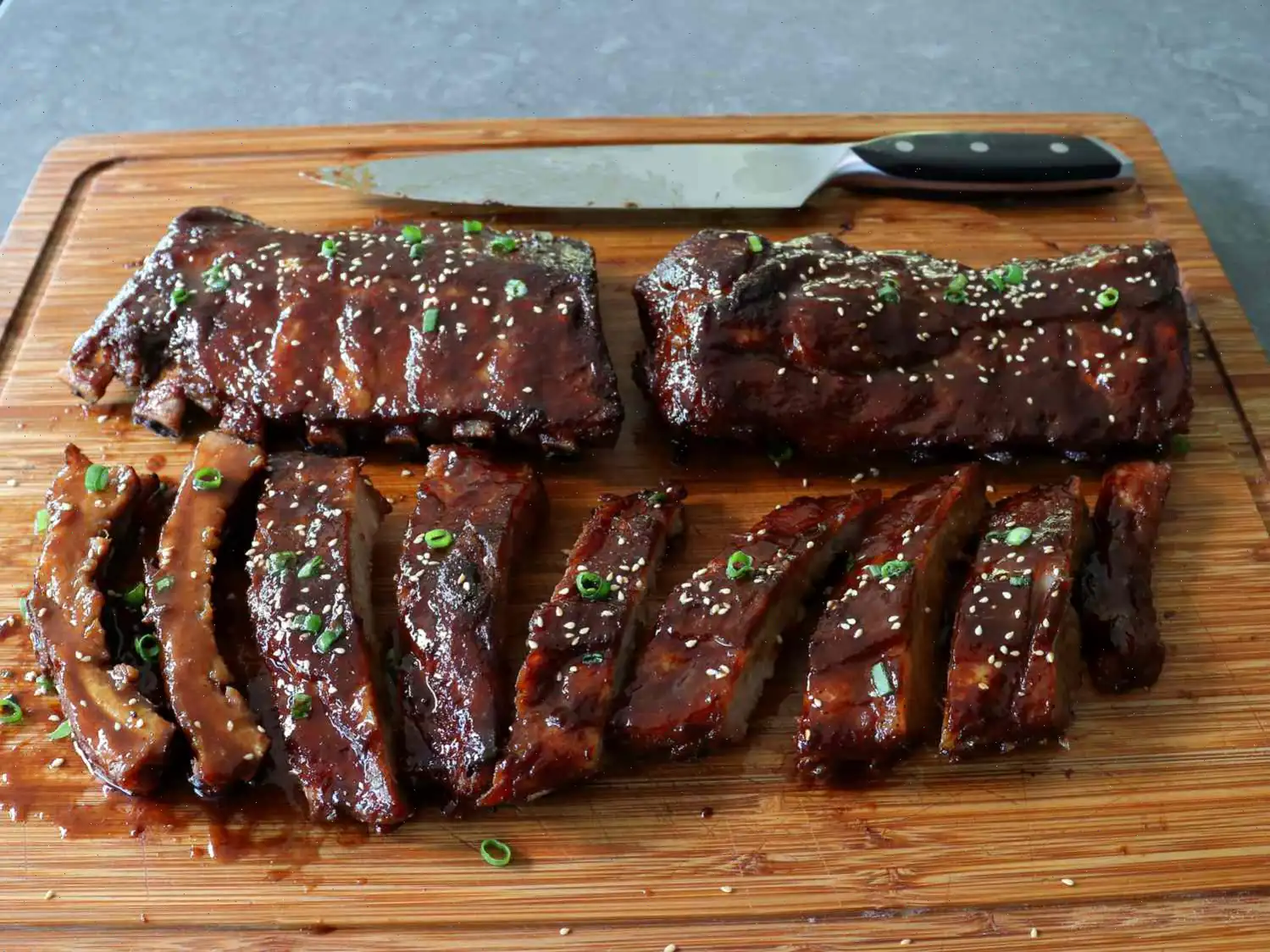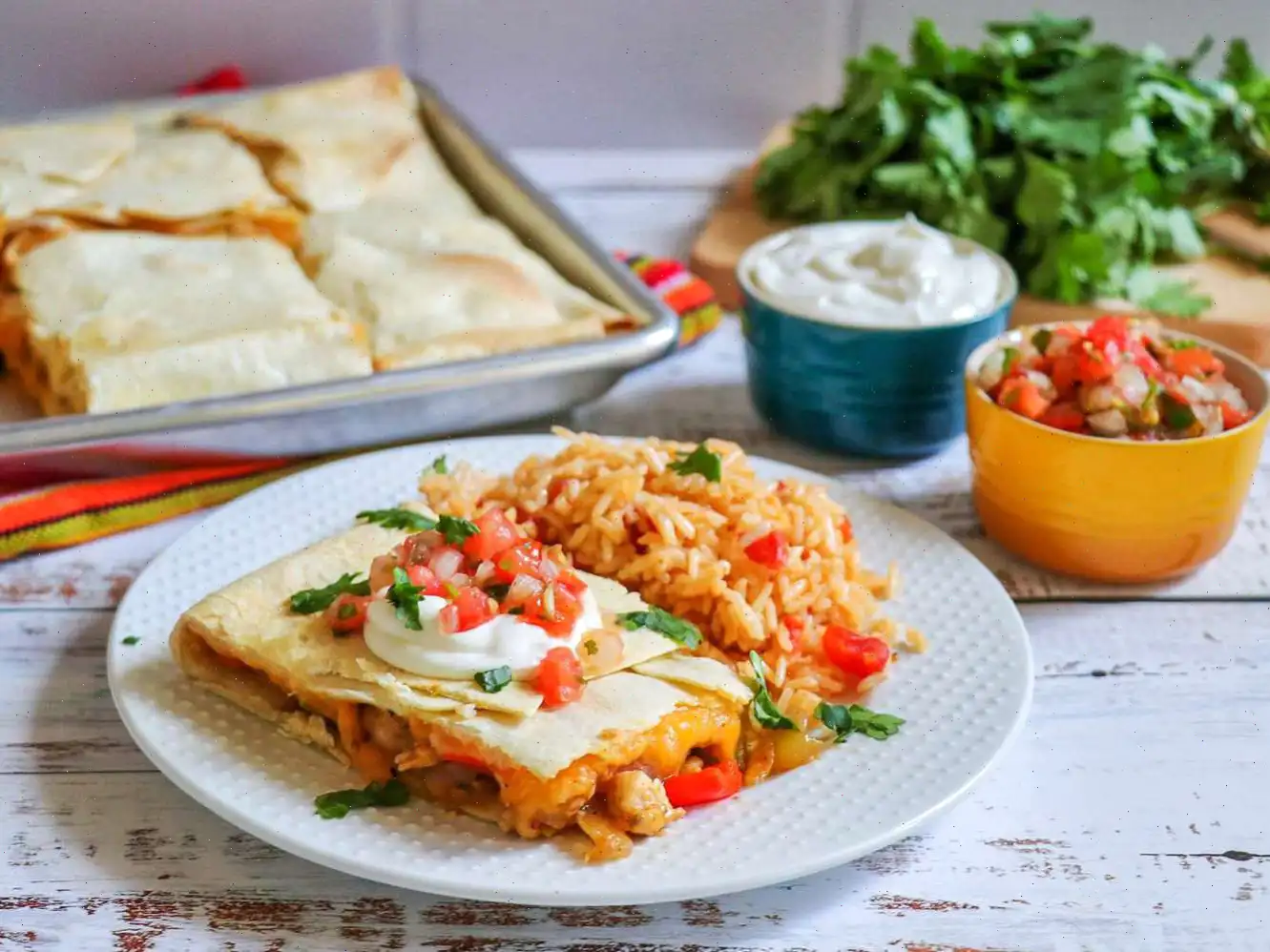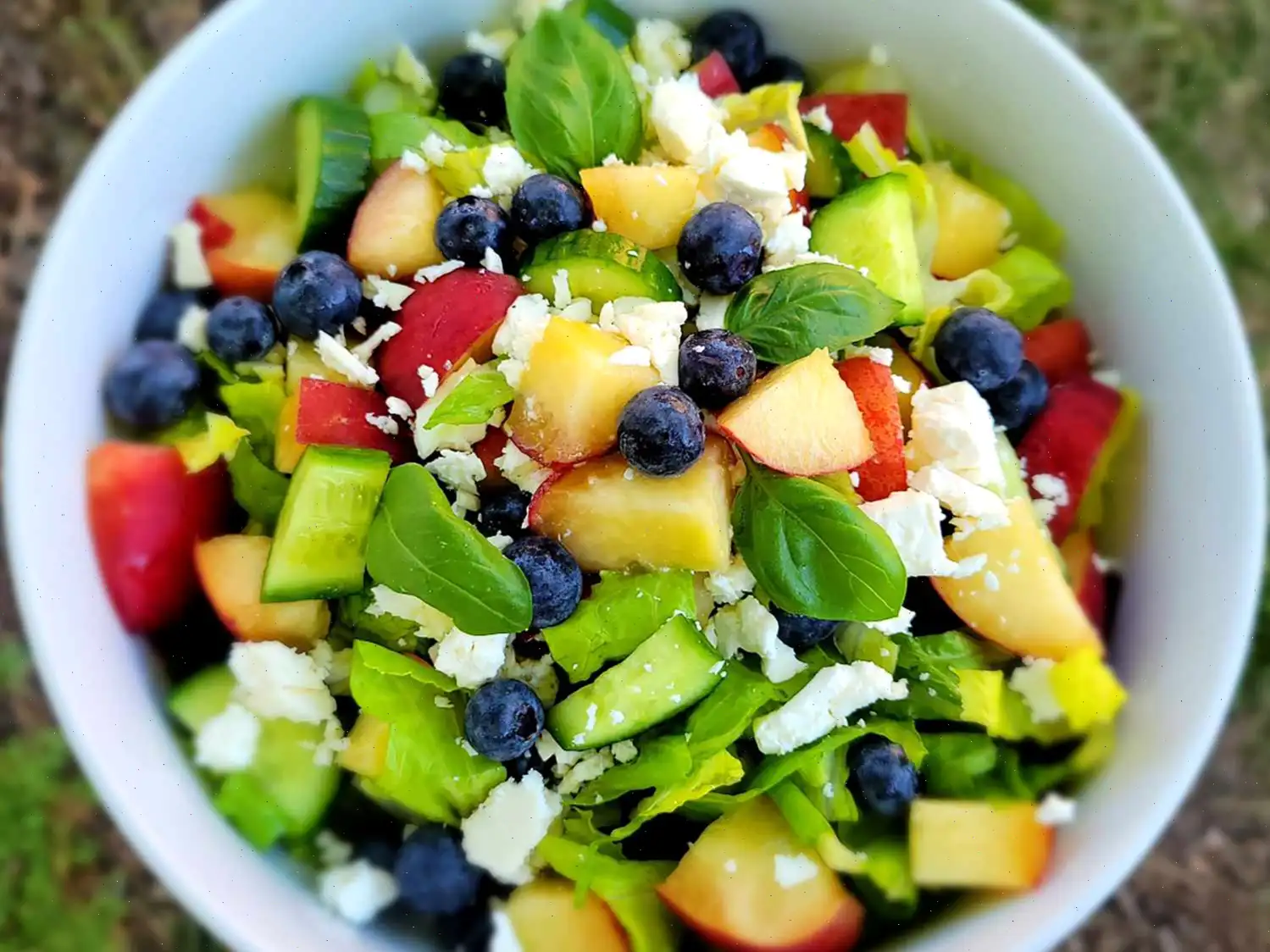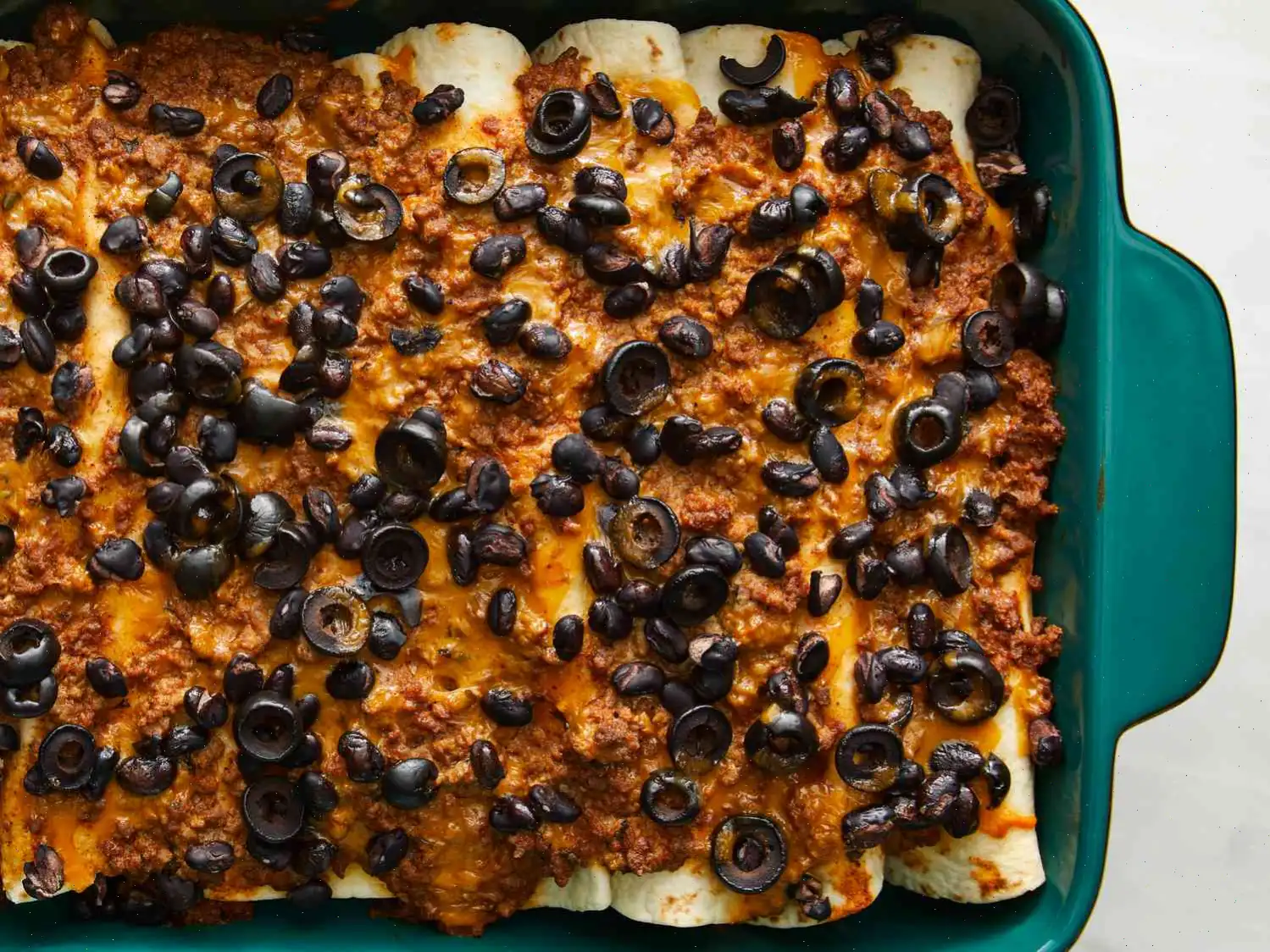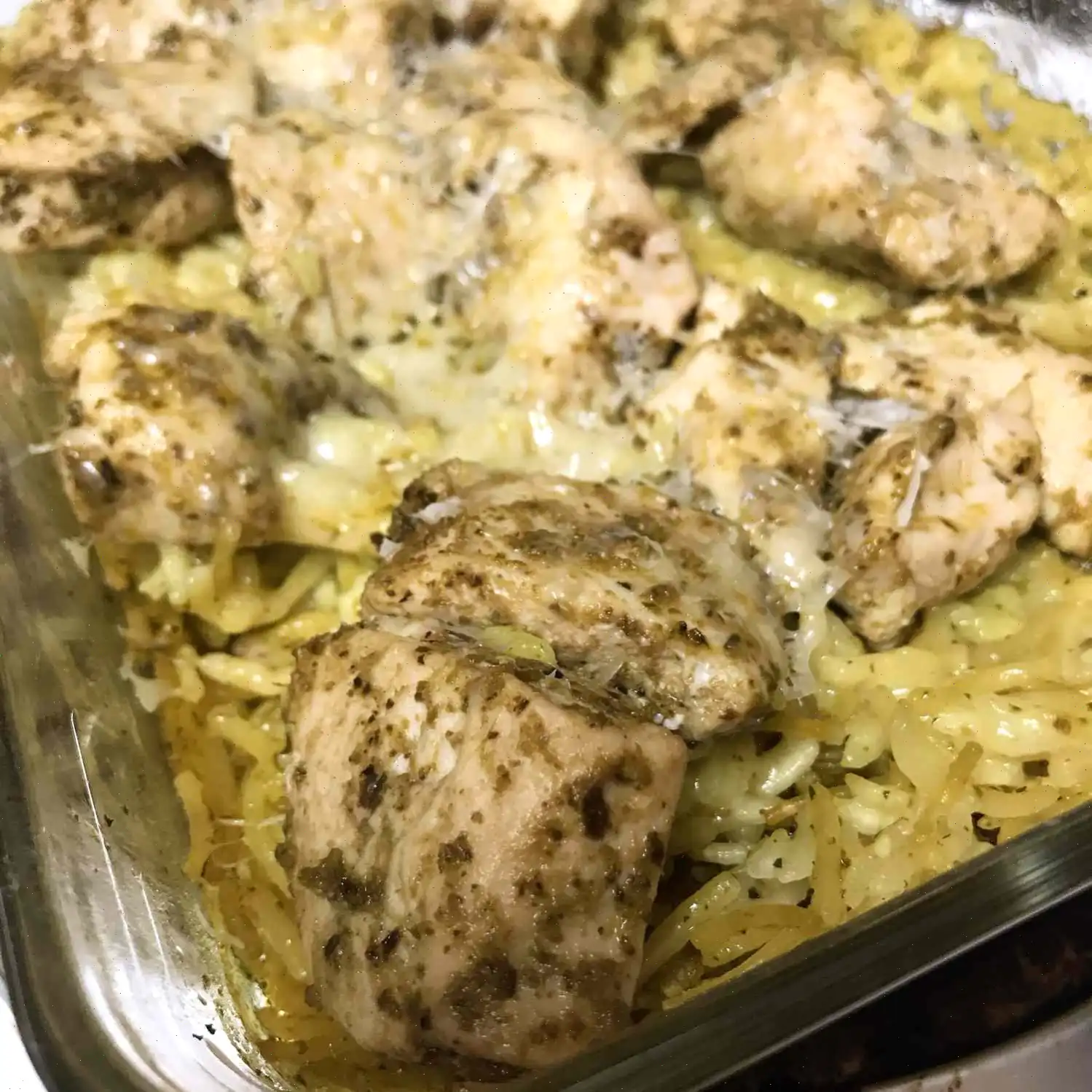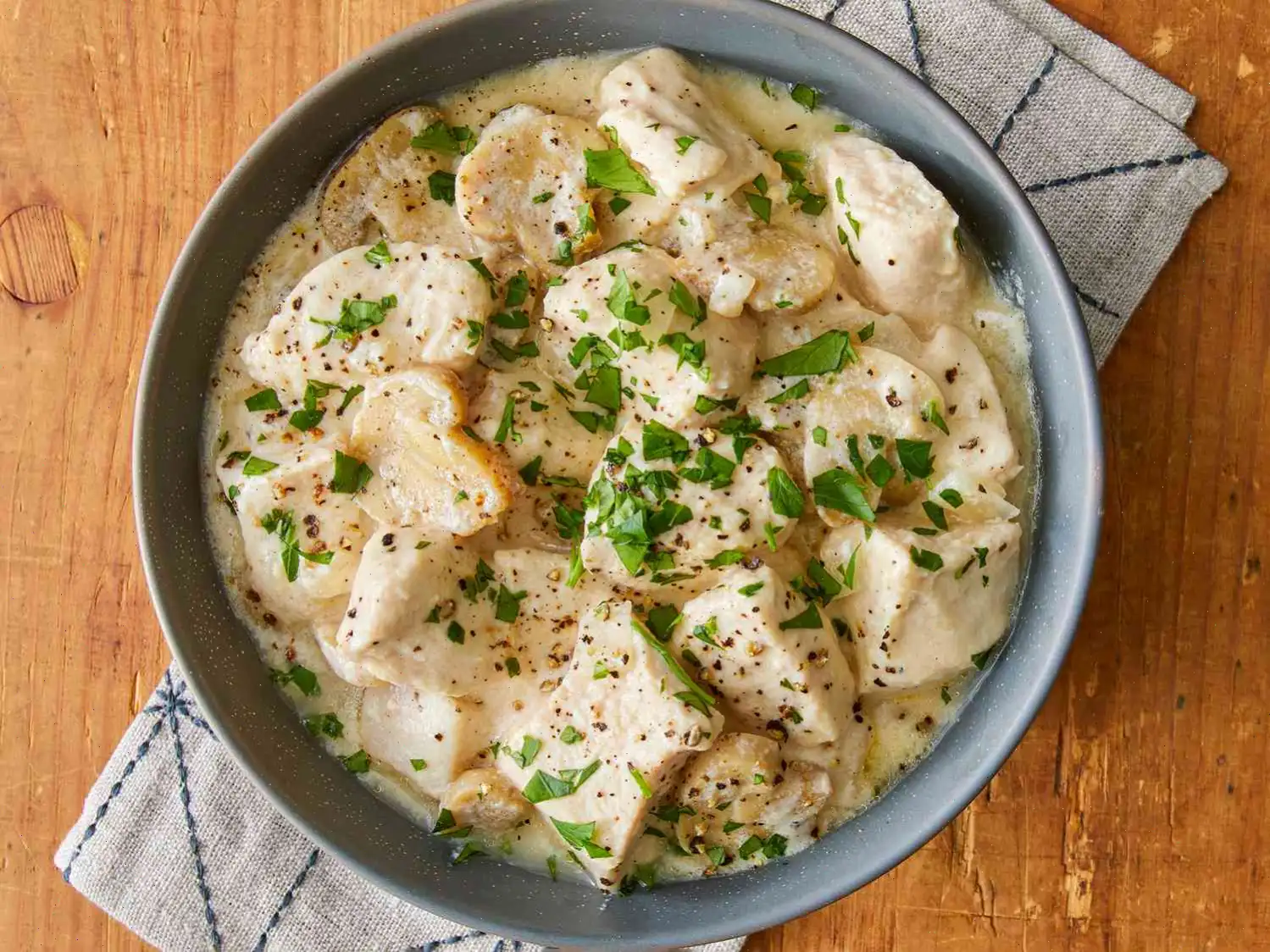
The Best Teriyaki Ribs Recipe
These teriyaki ribs stand out not only because of their fantastic flavor and texture, but also due to their unique twist on traditional barbecue ribs. Unlike the ubiquitous American-style ribs that we all know and love, these teriyaki ribs are something special an exotic and savory treat thats rare to find on restaurant menus, even in most Japanese eateries. If you're craving that sweet, salty, umami-packed experience, youll need to make them yourself. The process is straightforward, and with careful attention, youll be rewarded with a deliciously tender rack of ribs. Whether you use a smoker or an oven, this method ensures great results as long as you avoid overcooking or undercooking. Lets get started!
Ingredients
- 2 full racks baby back ribs
- 2/3 cup soy sauce
- 2/3 cup sake
- 1/2 cup mirin
- 1/3 cup rice vinegar
- 1/3 cup brown sugar
- 1/2 teaspoon freshly ground black pepper
- 1/2 teaspoon garlic powder
- 1/8 teaspoon cayenne pepper
- Reserved marinade
- 1-inch piece fresh ginger, thinly sliced
- 3 cloves garlic, sliced
- 2 tablespoons sliced green onions (plus more for garnish)
- 1/2 teaspoon sesame oil
- 1/2 teaspoon sesame seeds (optional for garnish)
For the Marinade:
For the Teriyaki Glaze:
Instructions
Step 1: Unwrap the ribs and use a sharp knife to make slashes through the membrane on the bone side of the racks. If preferred, you can also peel the membrane off using a paper towel for a smoother result. Cut the racks in half to make them easier to marinate.
Step 2: For the marinade, combine soy sauce, sake, mirin, rice vinegar, brown sugar, black pepper, garlic powder, and cayenne in a bowl. Whisk everything together until well combined.
Step 3: Transfer the ribs into a or resealable plastic bag. Pour the marinade over the ribs, ensuring they are well-covered. Seal the bag or cover the , then refrigerate the ribs to marinate for 4 to 12 hours. The longer they marinate, the better the flavor will be!
Step 4: Preheat your oven to 250F (120C). Line a rimmed baking sheet with a large piece of foil and arrange the ribs on the sheet, bone side down. Reserve the leftover marinade in the refrigerator for later use.
Step 5: Cover the ribs with another sheet of foil and fold the edges up tightly to seal. This will help retain all the flavorful juices. Place the ribs in the preheated oven and bake for 2 hours.
Step 6: After baking, let the ribs rest for 10 minutes before unwrapping. Transfer the ribs to a plate and set aside.
Step 7: To make the teriyaki glaze, pour the reserved marinade (including any cooking liquids from the ribs) into a saucepan. Add ginger, garlic, green onions, and sesame oil. Bring the mixture to a boil over medium-high heat, then cook for about 10 minutes, or until the liquid reduces by half and thickens slightly. Remove from heat once done.
Step 8: Increase the oven temperature to 350F (175C). Place the ribs back onto the foil-lined baking sheet and brush generously with the teriyaki glaze. Bake for 10 minutes.
Step 9: After the initial baking, remove the ribs and brush with another layer of teriyaki glaze. Return them to the oven for another 10 minutes. Repeat this glazing and baking process 3 to 4 more times, or until the ribs are tender. Test the tenderness by gently sliding a knife between the ribs. If the knife goes in effortlessly, theyre ready!
Step 10: Remove the ribs from the oven and let them rest for 10 minutes before slicing between the rib bones. Serve with a garnish of toasted sesame seeds and sliced green onions. For an extra boost of flavor, serve additional teriyaki glaze on the side. If the glaze is too thick, thin it with a splash of water.
Nutrition Information (per serving)
- Calories: 576
- Fat: 31g (40% DV)
- Saturated Fat: 9g (47% DV)
- Cholesterol: 88mg (29% DV)
- Sodium: 2664mg (116% DV)
- Carbohydrates: 34g (12% DV)
- Dietary Fiber: 1g (3% DV)
- Sugars: 27g
- Protein: 28g (56% DV)
- Vitamin C: 3mg (3% DV)
- Calcium: 98mg (8% DV)
- Iron: 3mg (15% DV)
- Potassium: 577mg (12% DV)
Note: Nutrition data for this recipe includes the full amount of marinade ingredients. The actual amount of marinade consumed may vary depending on how much is absorbed into the ribs.
The Story Behind Teriyaki Ribs
Teriyaki ribs are a fusion of traditional Japanese cooking techniques and Western barbecue traditions. The term "teriyaki" comes from the Japanese words "teri," meaning shine or glaze, and "yaki," meaning to grill or broil. Originally, teriyaki was used to describe fish or chicken dishes in Japan, where soy sauce, mirin, and sake created a sweet-salty glaze. The adaptation to pork or beef ribs is largely a Western innovation, blending the slow-cooked, smoky tenderness of barbecue with the unmistakable flavor of teriyaki sauce. This combination results in ribs that are rich, caramelized, and deeply savory, offering a unique culinary experience.
Regional Variations
In Japan, teriyaki is usually light, delicate, and applied mainly to seafood or poultry, but in the United States and other Western countries, chefs have expanded the concept to include ribs. American adaptations often involve marinating the meat for several hours and finishing it in the oven or on a grill to intensify the flavors. In Hawaii, teriyaki ribs are especially popular and may incorporate local ingredients like pineapple juice or brown sugar, giving the dish a tropical sweetness that sets it apart from its mainland counterparts.
How Teriyaki Ribs Differ From Similar Dishes
While American barbecue ribs are typically smoky, heavily seasoned, and sometimes dry-rubbed, teriyaki ribs are defined by their glaze and balance of flavors. Unlike Korean galbi, which uses a soy-garlic marinade and often includes pear puree for tenderness, teriyaki ribs emphasize a smoother, sweeter soy-based glaze enriched with mirin and sake. The result is a stickier, shinier finish that clings to the meat and creates a striking visual appeal, making teriyaki ribs instantly recognizable.
Where Teriyaki Ribs Are Served
Teriyaki ribs are versatile and can be served in various settings. Upscale Japanese restaurants or fusion eateries may feature them as a main course alongside rice, pickled vegetables, or steamed greens. In casual dining or backyard gatherings, they are often grilled or baked and presented as finger-licking, crowd-pleasing fare. Unlike traditional barbecue ribs, they are less common on restaurant menus, making them a special treat for home cooks who want to offer something unique.
Interesting Facts
- Teriyaki sauce was not widely known outside Japan until the mid-20th century when Japanese immigrants popularized it in Hawaii and the mainland U.S.
- The combination of sake, mirin, and soy sauce not only enhances flavor but also tenderizes the meat, giving teriyaki ribs their signature melt-in-your-mouth texture.
- Unlike many Western barbecue sauces that rely on tomato or vinegar bases, teriyaki sauce provides a naturally glossy and sweet finish without the need for heavy caramelization.
- To achieve the perfect balance of tenderness and glaze, ribs are often baked slowly at low temperatures before applying multiple layers of teriyaki glaze, a method that ensures maximum flavor absorption.
Overall, teriyaki ribs are a brilliant example of culinary fusion, offering a delightful blend of Japanese flavor profiles with the hearty, comforting appeal of American barbecue.
FAQ about The Best Teriyaki Ribs Recipe
Comments
Joseph Lopez
09/02/2023 03:25:32 AM
These were fantastic!


